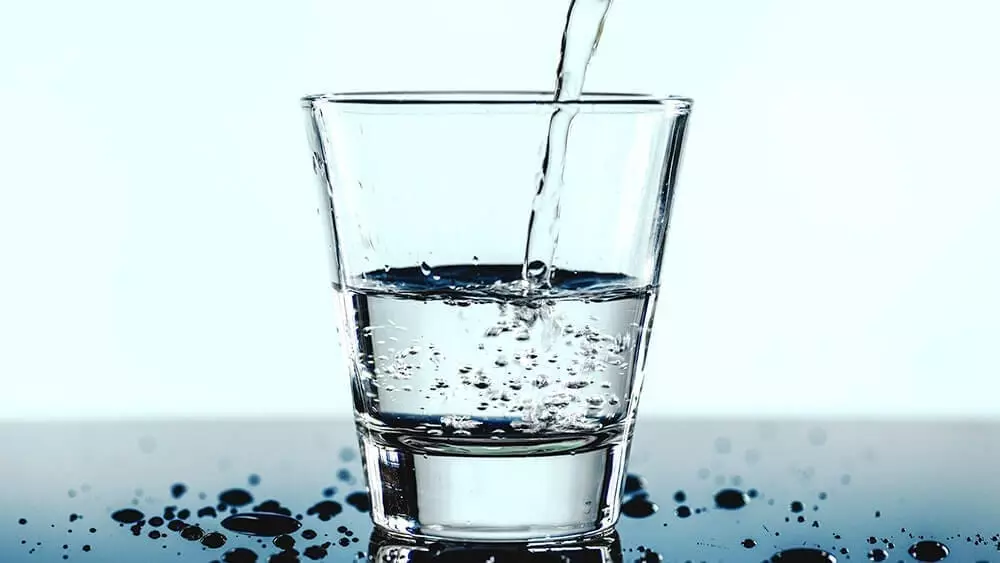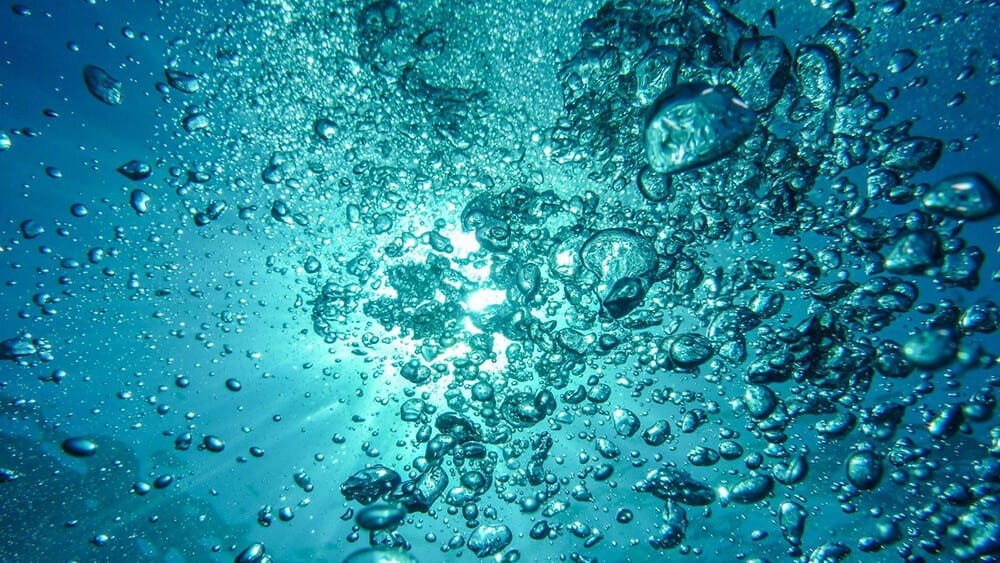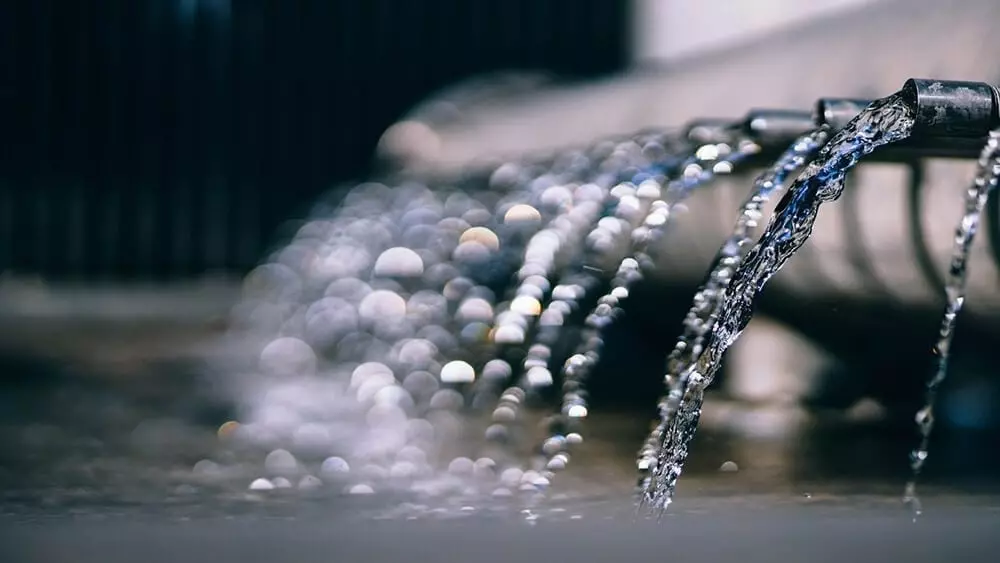 According to UNESCO, by year 2025 one-fifth of the world´s population (approx. 1.8 billion) will face substantial water scarcity, while two-third could be under water-stressed conditions. Adopting IoT and automation for smart water management and development of natural resources can change things and create a better future as far as water security is concerned.
According to UNESCO, by year 2025 one-fifth of the world´s population (approx. 1.8 billion) will face substantial water scarcity, while two-third could be under water-stressed conditions. Adopting IoT and automation for smart water management and development of natural resources can change things and create a better future as far as water security is concerned.
Innovations in low power wireless communication and in LTE have started a wave of innovations in smart technologies that aim at integrating remote assets into networks of remotely managed devices and sensors. Water utilities are looking into embracing these new IoT technologies to manage water scarcity concerns that we as humans can’t afford to ignore. Luckily, wide ranging options and competition in the booming IoT industry has made it possible for utilities to cost-effectively integrate intelligent equipment and gadgets into their legacy infrastructure harnessing the power of IoT for smart water management.
In this article, we’ll be looking different IoT applications within water storage and distribution management and understanding how the introduction of IoT has enabled the development of new models, methods and techniques as well as enhanced existing water management systems and architectures. Let’s start off with leak detection.

How Does the IoT Enable Smart Water Management?
Leak Detection
When dealing in water management, identifying and repairing leaks in the distribution network as soon as possible is an essential element of ensuring the smooth running of systems, facilities and operations. However, identifying where a leak is, or even determining whether or not there is one, can be an extremely difficult task for even the most observant of engineers or technicians.
Utilizing IoT technologies in this area has made leak detection much more precise as well as increased the speed in which leaks are detected. It may have taken days for a human technician to notes significant changes to water levels or measurements, IoT devices, on the other hand, are capable of detecting and notifying users of the slightest deviations from what is considered normal.
This is where smart water meters play a key role. They measure water consumption, flow and temperature data at each consumer site and send directly over a cellular network to the water utility, where data is analyzed for anomaly detection. Smart meter data helps triangulate the problems and spot leakages or illegal consumption, by re-conciliating consumption and flow data from meters from a locality.
IoT has started to play key role in reducing water waste and help promote more efficient water consumption by monitoring consumption and loss rates and using this data to reveal further insight into how much water is being used or wasted and where. This is essential when determining how to improve and enhance management operations in order to reduce losses and increase efficiency.
Monitoring Water Quality
Both the quality of water and how safely it is stored are aspects of water management that came way before the introduction of IoT devices. This process has traditionally involved manual sampling and testing. Now specialized smart water monitoring instruments working are being deployed that collect and monitor turbidity, pH and temperature data and send it over the industrial communication network to the utility for real time view and analysis of water quality in a storage facility.
One of the main benefits of deploying IoT devices in quality and safety environments is the sheer level of precision and accuracy they are able to achieve when compared to regular human engineers or technicians.
While these sensors and devices are essential for collecting actionable data from a specified source or operation, communicating this data or the analysis of it from device to device in as close to real-time as is feasible wouldn’t be possible without the underlying network infrastructure that allows these devices to communicate and share information.
Real-Time Control
The advances in wireless communications networks that have allowed the Internet of Things to flourish so rapidly are also able to benefit those that integrate these technologies into their water management systems. Real-time remote access and control are fast becoming an essential feature of all industrial systems and operations across a wide variety of sectors.
Being able to monitor and configure different aspects of your water management system remotely allows engineers and technicians to make any necessary changes from any location without needing to travel to and log into each individual system in order to configure it. This provides a level of flexibility to water management systems and operations that vastly improves upon more traditional methods while also helping to enable better overall control over a system.
Centralized Management
Centralization is also a big part of how the IoT can help keep an eye on waste and consumption. The inherent connectivity between IoT devices means that all connected devices operating on the same network can be monitored centrally without the need to log in to each individual system. This makes waste and consumption monitoring much more convenient, not to mention precise.
Predictive Maintenance
Predictive maintenance is quickly spreading across the globe as one of the best ways in which to reduce unscheduled downtime and prevent unnecessary repairs. Using IoT technologies alongside other cutting-edge developments such as advanced automation, machine vision and learning and Big Data and analytics, water management systems are able to monitor and determine when machinery and equipment could use some scheduled maintenance.
By monitoring the use of pipes, pumps, storage containers or any other machinery or equipment, these devices and connected technologies can provide valuable insights into the wear and tear of equipment so as to allow water management operatives to schedule repairs and maintenance at a time that suits them and with minimal disruptions.
Predictive maintenance isn’t exclusive to water management, either. Many industrial sectors and commercial enterprises have begun to utilize it as a way of taking back control over their vehicles or machinery and utilizing the vast amounts of data now available to them due to the use of IoT devices and networks.

What’s Next for IoT-Powered Water Management?
Smart technologies are becoming more and more prolific in our everyday business and personal lives and, over the next few years, will likely become essential aspects for the smooth running of our water management systems, as well as our intelligent transportation systems, security and surveillance systems and eventually entire smart cities.
The idea behind completely autonomous city infrastructure has now graduated from pipe dream to a feasible current objective and more and more of our cities and towns are beginning to integrate various different types of intelligent and autonomous smart technologies in order to build and expand upon both current and future smart city frameworks.
And smart cities aren’t the limit for IoT-powered water management systems, either.
In a world facing an increasing threat from extreme weathers caused by climate change, our summers are getting hotter, our droughts lasting longer, and our wild fires burning fiercer. These challenges call for an intelligent response in the way in which water management is used to tackle climate issues such as drought and prolonged dry seasons.
The use of low-power, IoT devices, such as those mentioned in the previous section, when connected together via wireless communications networks and software, will enable scientists and engineers to collect insights into how water management could be used more effectively to respond to some of the areas worst affected by drought, lack of rain, or wild fires.
As these challenges grow more extreme, it seems likely that further IoT applications within water management will be developed and tested in order to continue mitigating some of the effects of extreme weather or climate change. This could also be done in other ways such as using IoT-powered water management systems to gather data and analyze it in order to determine and develop more sustainable and environmentally friendly methods of water management.






